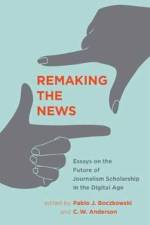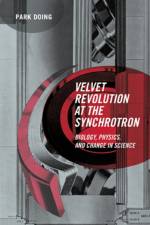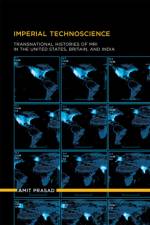- Essays on Communication, Materiality, and Society
699
Scholars from communication and media studies join those from science and technology studies to examine media technologies as complex, sociomaterial phenomena.In recent years, scholarship around media technologies has finally shed the assumption that these technologies are separate from and powerfully determining of social life, looking at them instead as produced by and embedded in distinct social, cultural, and political practices. Communication and media scholars have increasingly taken theoretical perspectives originating in science and technology studies (STS), while some STS scholars interested in information technologies have linked their research to media studies inquiries into the symbolic dimensions of these tools. In this volume, scholars from both fields come together to advance this view of media technologies as complex sociomaterial phenomena. The contributors first address the relationship between materiality and mediation, considering such topics as the lived realities of network infrastructure. The contributors then highlight media technologies as always in motion, held together through the minute, unobserved work of many, including efforts to keep these technologies alive.ContributorsPablo J. Boczkowski, Geoffrey C. Bowker, Finn Brunton, Gabriella Coleman, Gregory J. Downey, Kirsten A. Foot, Tarleton Gillespie, Steven J. Jackson, Christopher M. Kelty, Leah A. Lievrouw, Sonia Livingstone, Ignacio Siles, Jonathan Sterne, Lucy Suchman, Fred Turner













